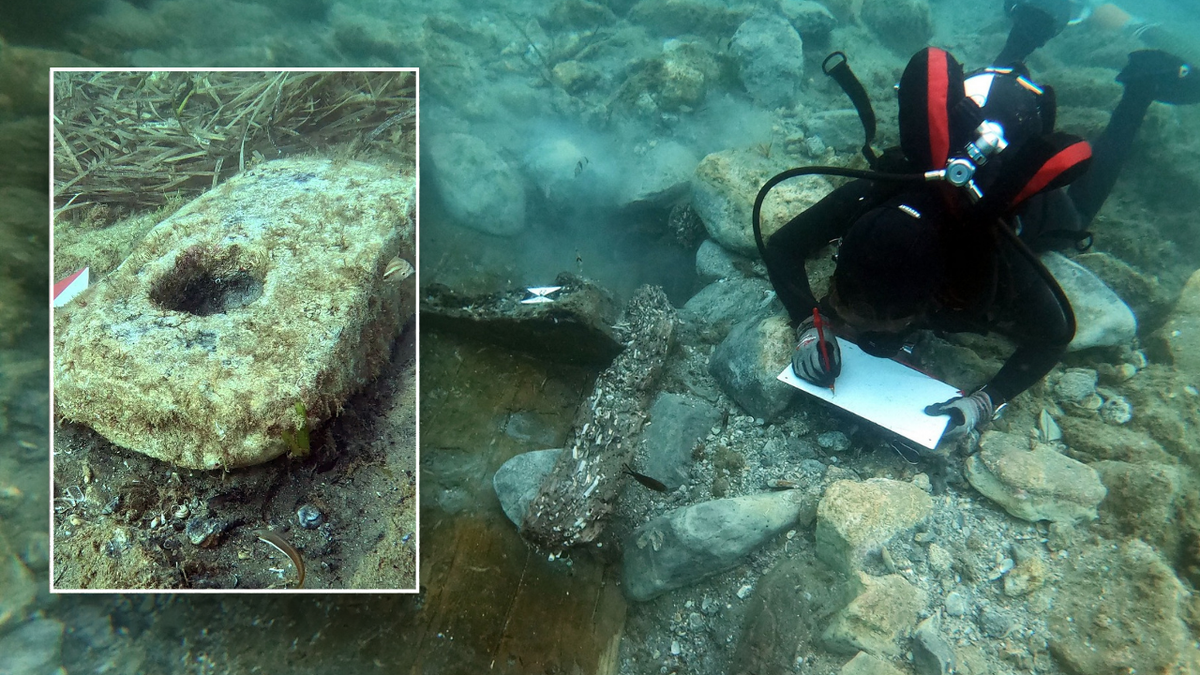A recent underwater excavation off the coast of Sicily has unearthed a treasure trove of historical artifacts, including prehistoric tools and ancient anchors, from a 2,500-year-old shipwreck. The Superintendence of the Sea (SopMare), a Sicilian government organization dedicated to preserving underwater cultural heritage, announced the exciting find on December 9th. The shipwreck, estimated to date back to the 5th or 6th century BC, rests near Ragusa in southeastern Sicily.

A collaborative effort between the University of Udine and SopMare, the three-week excavation concluded in September and involved support from the Italian Coast Guard. The shipwreck, buried beneath sand and rocks at a depth of approximately 20 feet, revealed a hull constructed using the ‘on the shell’ technique. This method involves connecting beam boards with inserts, creating a self-supporting structure.

Remarkably, prehistoric stone tools (lithics) were discovered near the wreck alongside later anchors believed to originate from the 7th century AD. Two iron 'T' shaped anchors and four lithics were identified, suggesting a long history of activity in the area. The use of underwater photogrammetry allowed researchers to create a 3D model of the wreck, while collected samples will undergo paleobotanic analysis to further understand the materials used in the ship's construction.

These findings shed light on the historical trade routes between Greece and Sicily. Shipwrecks are a relatively common occurrence in the waters surrounding Italy and Greece, a testament to the bustling maritime activity that characterized the region for centuries. This discovery follows another significant find by SopMare earlier this year, where a 'strange rock' discovered in the Ionian Sea turned out to be a centuries-old helmet.









